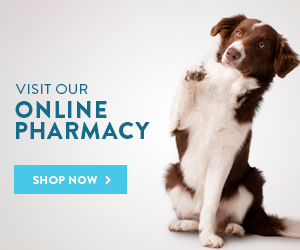On Second thought, Lets NOT smile for the camera
Do you find yourself saying “Thanks, but no thanks” to your dog’s pooch smooch? Could your pet’s panting clear out a room? Is your cat’s purr make you a touch queasy?
If you had to think about these questions at all, then I suggest you lift a lip and check out your pet oral health.
Oral health is commonly forgotten (or maybe ignored) when it comes to our pets until it becomes a problem. During each annual or semi annual examination, assessing your pets teeth and gums is a requirement (unless they want to bite my fingers off of course).
Now, many people are skeptical about prophylactic dental cleanings due to anesthesia, cost of cleanings and if it’s really necessary. Let’s dissect each one of these issues.
At Laveen Veterinary Center, preventative measures are taken before anesthesia to minimize risk and ensure that your pet is healthy enough for the procedure. Most people ask about the risk of anesthesia and anesthetic related deaths, and the answer is studied and proven - risks are extremely low. From a medical journal published in 2008, for a healthy cat and dog, risk of death was 0.05% and 0.09%, respectively. In addition, this did not describe if thorough preanesthetic testing was performed to detect any underlying conditions (this would likely make this number even lower). Before any general anesthesia at Laveen Veterinary Center, 3 things are mandatory, a thorough physical examination, pre anesthetic bloodwork to test internal organ function and an electrocardiogram (ECG) to test the electrical rhythm of the heart. These steps taken may reveal any undetected problem and help reduce the already very low, incidence of anesthesia related complications.
Last week I had to perform an oral surgery that involved 11 extractions, including several multi-rooted chewing teeth due to severe periodontal disease. This disease process involved severe gumline infection, decay of the tooth crown and surrounding bone loss. This pet was not neglected, but was a very nurtured and loved family member. I am confident that this could have been avoided with proper client education, preventative maintenance like brushing and prophylactic cleanings when necessary. Now, to the nuts and bolts. The surgery involved obviously the extractions (drilling and splitting the crowns of the multi-rooted teeth), removing the abscessed teeth and infectious tissue and bone and reconstructive surgery to close large open tooth sockets. Needless to say, this process was not cheap. Now, yes the elective prophylactic cleanings are not cheap in terms of money either, but they are well worth either value, and they are about 1/5 the cost of this non-elective procedure.
Lastly, let’s discuss if prophylactic dental scalings are “really necessary.” In 2013 a news interview was released regarding pet dentistry that was disheartening to many our veterinary community. It described that these treatments were not necessary and over-recommended. I have a simple analogy in rebuttal, human dentists recommend cleanings twice yearly (at a minimum) to maintain good oral health along with twice daily brushing and daily flossing. Do you comply with these recommendations for your pet too? If the answer is no, then having an oral exam during an annual wellness consult to determine if dental disease is present and performing scalings to prevent periodontal disease only when necessary seems logical. If periodontal disease is present, then address it accordingly. This concept is not outrageous, but an important part of preventative medicine and overall health for our pets.


